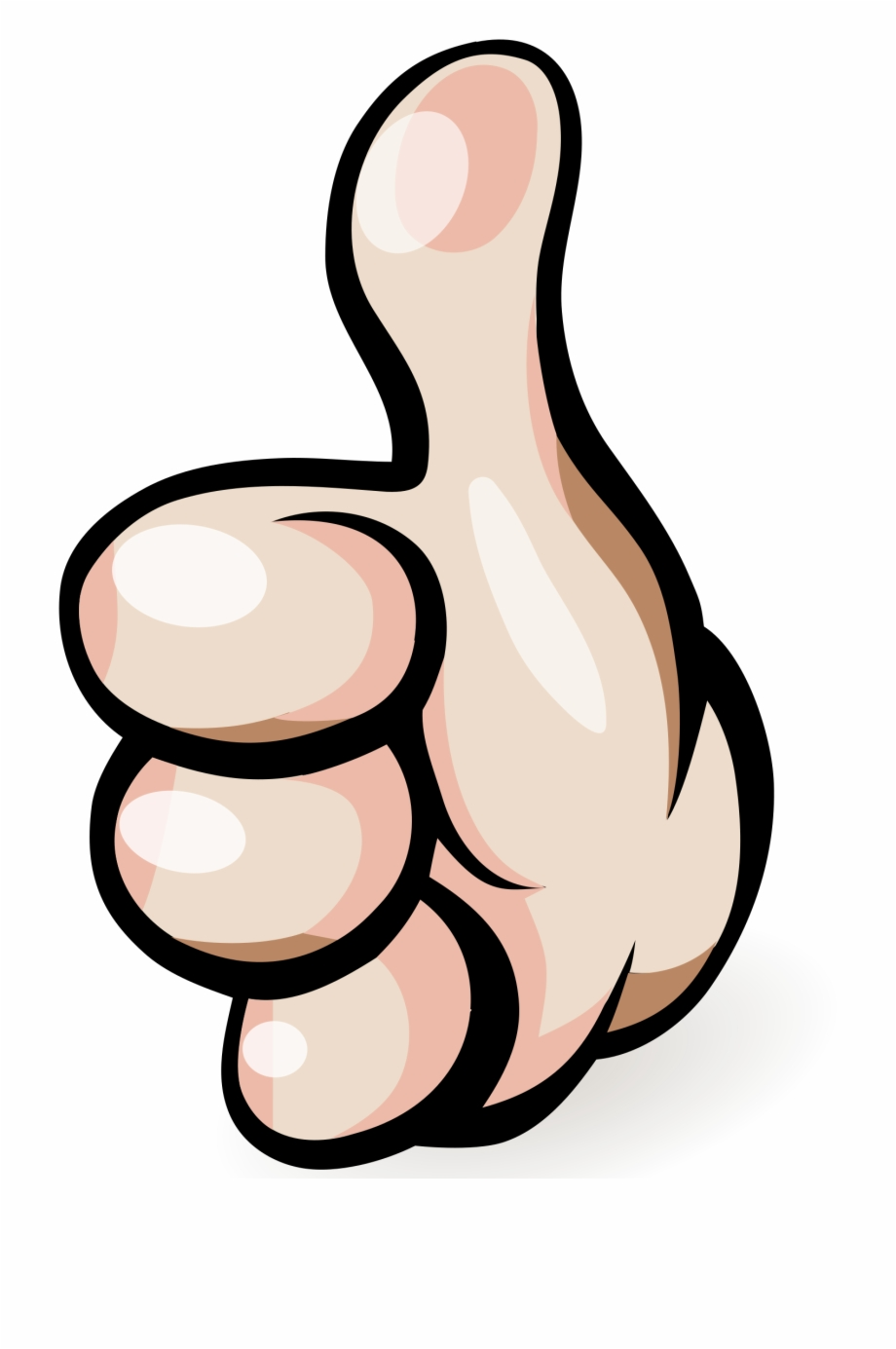
The thumbs up signal has a generally positive connotation in English-speaking countries. Senator John McCain of Arizona, when he cast the deciding vote that derailed a Republican repeal of the Affordable Care Act ("Obamacare") on July 28, 2017, used the thumbs down gesture.

According to Luís da Câmara Cascudo, Brazilians adopted the thumbs up from watching American pilots based in northern Brazil during World War II. American GIs are reputed to have picked up on the thumb gesture and spread it throughout Europe as they marched toward Berlin. On modern US carriers, specific deck crew hold a thumb up to signal to the pilot and control tower that their station is OK for take-off. ĭuring World War II, pilots on US aircraft carriers adopted the thumbs up gesture to alert the deck crew that they were ready to go and that the wheel chocks could be removed. High officials in the Chinese government see it as a sign of respect. The appreciative Chinese would say ting hao de (挺好的) meaning "very good", and gesture with a thumbs up, which in Chinese means "you're number one". This custom may have originated with the China-based Flying Tigers, who were among the first American flyers involved in World War II.

Popularization in the United States is generally attributed to the practices of World War II pilots, who used the thumbs up to communicate with ground crews before take-off. He wrote: "Thumbs up, Tommy’s expression which means ‘everything is fine with me'." A visual example of the British use of "thumbs up" having a positive meaning (or, " okay") from the 1920s can be seen 19 minutes into the British-made silent 1927 film The Lodger: A Story of the London Fog, where the younger man examines some paper money for the older man and declares it "good" (not counterfeit) with a "thumbs up" using both hands. Empey was an American who served in the British armed forces during World War I. The Oxford English Dictionary cites the earliest written instance of "thumbs-up" (with a positive meaning) as being from Over the Top, a 1917 book written by Arthur Guy Empey.
#A THUMBS UP DRIVER#
For example in the seventeenth century, see the Diego Velázquez painting The Lunch.Ī truck driver giving a thumb sign in Britain, 1940 Over time, the mere sight of an upraised thumb came to symbolize harmony and kind feelings. ĭesmond Morris in Gestures: Their Origins and Distribution traces the practice back to a medieval custom used to seal business transactions. The term fistmele is a Saxon word that refers to that measurement. This fistmele should be about 7 inches (18 cm), which is about the same as a fist with a thumb extended. Before use, the fistmele (or the "brace height") was checked, that being the distance between the string and the bow on an English longbow. It has been suggested that 'thumbs up' was a signal from English archers preparing for battle that all is well with their bow and they are ready to fight. In modern popular culture, necessarily without a historical basis from Ancient Rome, it is wrongly presumed that "thumbs down" was the signal that a defeated gladiator should be condemned to death "thumbs up", that he should be spared. According to Anthony Corbeill, a classical studies professor who has extensively researched the practice, thumbs up signalled killing the gladiator while "a closed fist with a wraparound thumb" meant sparing him.

While it is clear that the thumb was involved, the precise type of gesture described by the phrase pollice verso and its meaning are unclear in the historical and literary record. Mallet mentions that middle aged men’s communication skills are often pretty different to those raised on the internet, for instance, so it makes sense that they might not quite 'get' the strange, multi-layered, potentially sardonic context behind a pixel thumbs up.- Juvenal, Against the City of Rome (c. This interpretation of being blasé, however, is a nuanced one built from years of engaging with internet culture and probably not intended by a 50 year old dad replying to his kid’s weird meme in the family group chat. “The thumbs up can come across as passive-aggressive or that the conversation is not being treated with respect, especially if the conversation has a serious topic and the conversation has been had using words.” When we're used to responding to our friends with the skull emoji to show that what they've said is so funny that we're now literally dead, the thumbs up feels… odd.
It's simple, yes, but to younger people it can also seem a little unenthusiastic and even sarcastic. But, Mallet adds, the thumbs up emoji in particular has a contextual negativity associated with it.


 0 kommentar(er)
0 kommentar(er)
